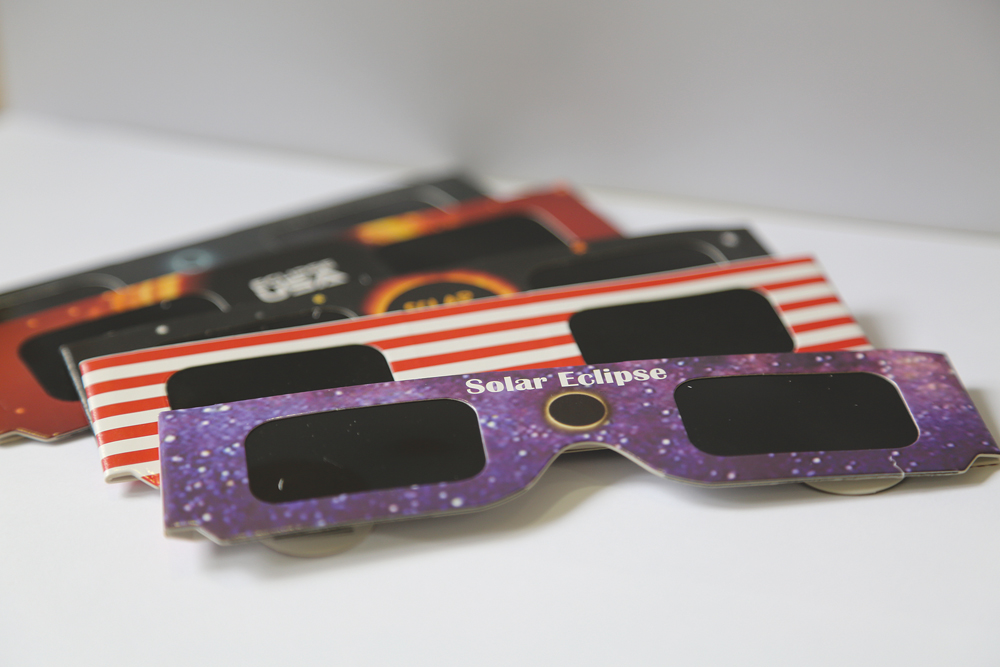Custer Institute to host solar eclipse event Aug. 21

On Monday, Aug. 21, the earth, the moon and the sun will align, giving mainland Americans the chance to witness a solar eclipse for the first time since 1918.
Parts of the country were able to glimpse total eclipses in 1979 and 1991, but next week, after 99 years, the path of the eclipse will travel right across the United States, from Oregon to South Carolina.
While the North Fork is not in the path of “totality” — when the sun is completely shadowed — residents here it will get to see it at about 70 percent as long as skies are clear, according the Custer Institute & Observatory in Southold.
The observatory will host a solar eclipse event from 1 to 4 p.m. on North American Solar Eclipse day, during which visitors can take a peek through solar scopes. It will also present a film about solar eclipses on Saturday, Aug. 19, at 7 p.m.
Be advised, however, that the National Weather Service warns no one should look directly at the sun during an eclipse, due to the risk of eye damage. The only way to safely observe a partially eclipsed sun is through special solar filtered glasses that are available online; through telescopes with a solar filter; or through DIY pinhole projector boxes. Additionally, NASA advises that it’s not safe to look at the sun through binoculars or an unfiltered camera lens.
NASA will provide live streaming and still images — before, during and after the eclipse and from dozens of different vantage points — at nasa.gov/eclipselive. The celestial event will offer scientists an opportunity to explore certain issues, including why the sun’s atmosphere is one million degrees hotter than its surface and how the sun’s constant stream of solar material and radiation may impact spacecraft, communications and orbiting astronauts, according to NASA.
Photo caption: It’s important to wear specifically designed glasses when looking at the sun during the eclipse. (Credit: Kelly Zegers)









